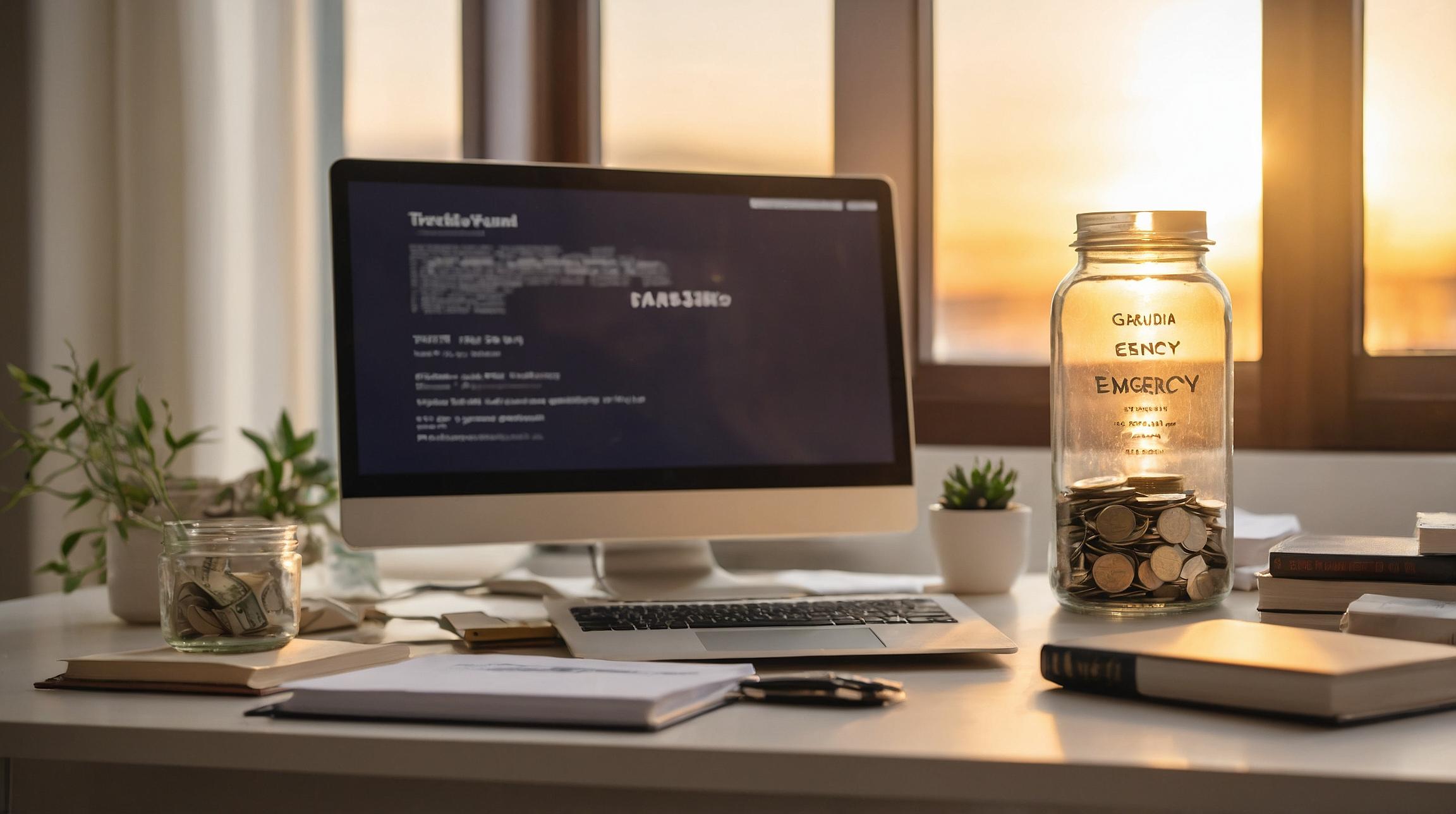Secure Your Future: How to Build an Emergency Fund for Financial Stability
Building a robust emergency fund is crucial for financial security. This fund ensures you have cash readily available to manage unforeseen events without relying on high-interest debt or depleting your regular savings and investments.
Types of Emergency Funds:
Short term: This is a smaller, more accessible fund meant to cover important bills quickly. For instance, having enough cash to pay for an unexpected car repair.
Long term: This fund should be equivalent to three to six months' worth of living expenses. Although this may seem challenging to save, it is achievable with careful planning. Imagine you lose your job; this savings will cover your rent, groceries, and other essentials until you find new employment.
Benefits of Having an Emergency Fund:
Financial stability: An emergency fund helps you stay financially stable during tough times.
Reduced stress: Knowing you have a financial cushion reduces stress and anxiety, giving you confidence to handle challenges. For example, unexpected medical bills won't derail your finances.
Job loss or income reduction: If you lose your job or experience reduced income, an emergency fund covers your living expenses, helping you stay afloat without borrowing money.
No need for borrowing: Without an emergency fund, you might need to borrow money from friends, family, or financial institutions. This can lead to debt, interest payments, and strained relationships. By having an emergency fund, you avoid these pitfalls.
Peace of mind: A financial buffer lets you focus on other important aspects of your life without constantly worrying about money.
How to Start Building an Emergency Fund?
Set a Realistic Goal:
Determine your target amount: Aim for an emergency fund that covers three to six months of living expenses. Calculate essential monthly expenses like rent, utilities, groceries, transportation, insurance, and minimum debt payments.
Start small: If saving this amount feels overwhelming, set smaller milestones. For example, aim for one month's worth of expenses first, then gradually increase your target.
Create a Budget:
Track income and expenses: Record all sources of income and categorize your monthly expenses. Use budgeting apps or spreadsheets to keep track.
Identify savings opportunities: Look for non-essential expenses you can reduce or eliminate, such as dining out, subscriptions, or entertainment.
Designate a savings amount: Include a specific amount in your monthly budget dedicated to your emergency fund. Treat it as a non-negotiable expense.
Automate Savings:
Set up automatic transfers: Activate auto transfers from your salary account to your emergency fund each payday. This ensures consistency and removes the temptation to spend that money.
Choose a high-yield savings account: Opt for a savings account with a higher interest rate to maximize your returns over time.
Be Consistent:
Regular contributions: Start with a manageable amount, but the key is to contribute regularly.
Replenish after use: If you need to dip into your emergency fund, prioritize replenishing it as soon as possible to maintain your financial security.
Building an emergency fund is essential for financial stability. By following these steps, you can ensure peace of mind and financial resilience during life's unexpected moments.













